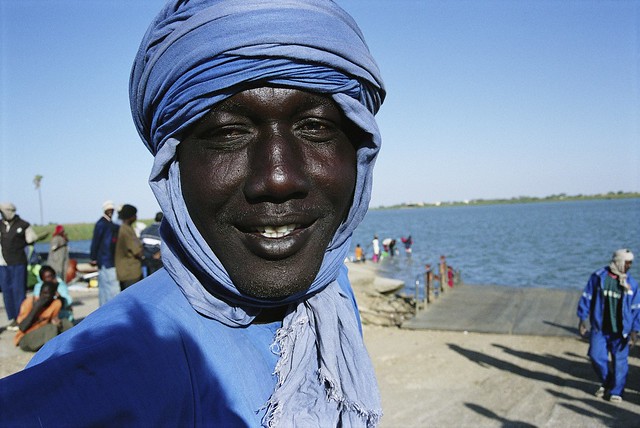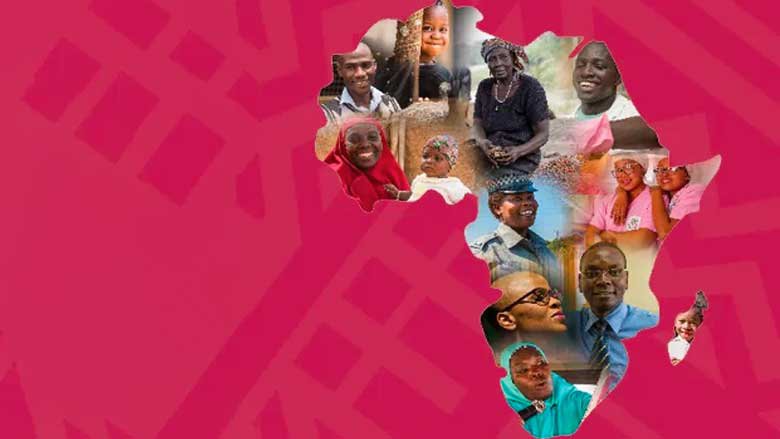Eswatini is a small, open economy bordered by South Africa and Mozambique, with a population of about 1.2 million and an estimated per capita GDP of $3,898 in 2024. The economy is dominated by services, which account for just over half of output, while industry, particularly manufacturing, contributes about a third.
Poverty in Eswatini remains entrenched, driven by limited formal job creation, a weak business climate, and constrained economic opportunities. Unemployment is high and rising, particularly among youth, with 56% of those aged 15 to 24 unemployed in 2023. Eswatini’s vulnerability to external and climate shocks, especially recurrent droughts, further undermines rural livelihoods and slows poverty reduction efforts.
Inequality compounds these challenges, with large disparities in consumption and access to basic public services across regions and income groups. In 2024, 55% of the population lived below the Lower Middle Income Consumption poverty line of $4.20 per day (PPP 2021), levels that are high for a lower-middle-income country. A Gini coefficient of 54.6 reflects a persistent uneven income distribution. These outcomes highlight the need for better service delivery, more inclusive growth, as well as improved infrastructure to connect under-served regions.
Human capital development is also constrained by poor health and education outcomes. High rates of stunting, low adult survival due to preventable illnesses such as HIV, and a growing burden of non-communicable diseases weigh heavily on productivity. Education challenges particularly low quality, limited access and retention at the secondary level, and weak alignment with labor market needs further restrict opportunities. With over half the population under 25, Eswatini’s large youth cohort could be a powerful driver of growth, but without stronger investments in skills and health, the demographic dividend risks being lost.
ECONOMY
Economic growth slowed to 3% in 2024, from 3.5% in 2023, mainly reflecting weaker services sector output. Manufacturing, especially soft drink concentrates and sugar, benefited from higher external demand. Mining expanded because of increased coal output and the reopening of previously closed shafts. Stronger external demand led to a 14% rise in exports, while higher Southern Africa Customs Union (SACU) revenues supported domestic demand.
Inflation slowed from 5% in 2023 to 4% in 2024, as global inflationary pressures eased. Food inflation fell significantly (from 12.8% to 3.9%), but food insecurity remains a challenge, with about a fifth of the population estimated to be food insecure. The Central Bank lowered the interest rate by 50 basis points to 7% between September and November 2024, following South Africa’s policy rate trend. The benchmark rate was reduced further to 6.75% in May 2025.
The overall fiscal deficit narrowed slightly to 1.3% of GDP in 2024/25, from 1.4% in 2023/24. Increased expenditure, driven by a higher wage bill (after the government relaxed the hiring freeze), capital spending, and interest payments, outpaced the increase in SACU revenues. Public debt grew to 40.5% of GDP by the end of 2024, whereas arrears accumulated with the private sector were estimated at around 3.5% of GDP.
The current account surplus declined from 2.2% in 2023 to 0.8% of GDP in 2024. International reserves declined to 2.4 months of import cover in 2024 as the government used reserves to pay its external obligations.
Last Updated: Oct 06, 2025








